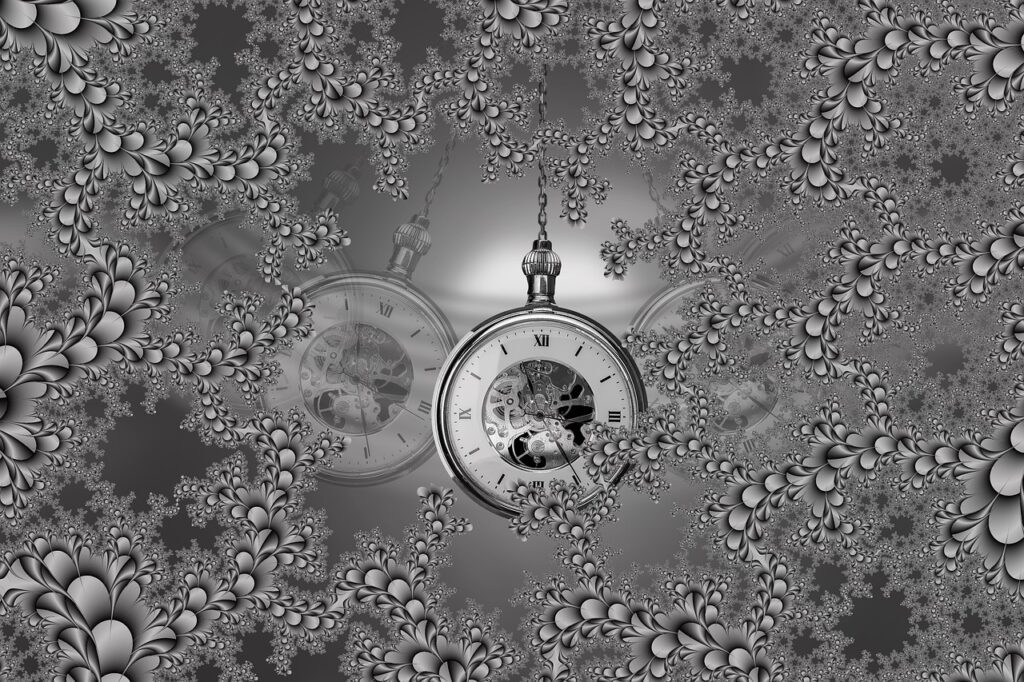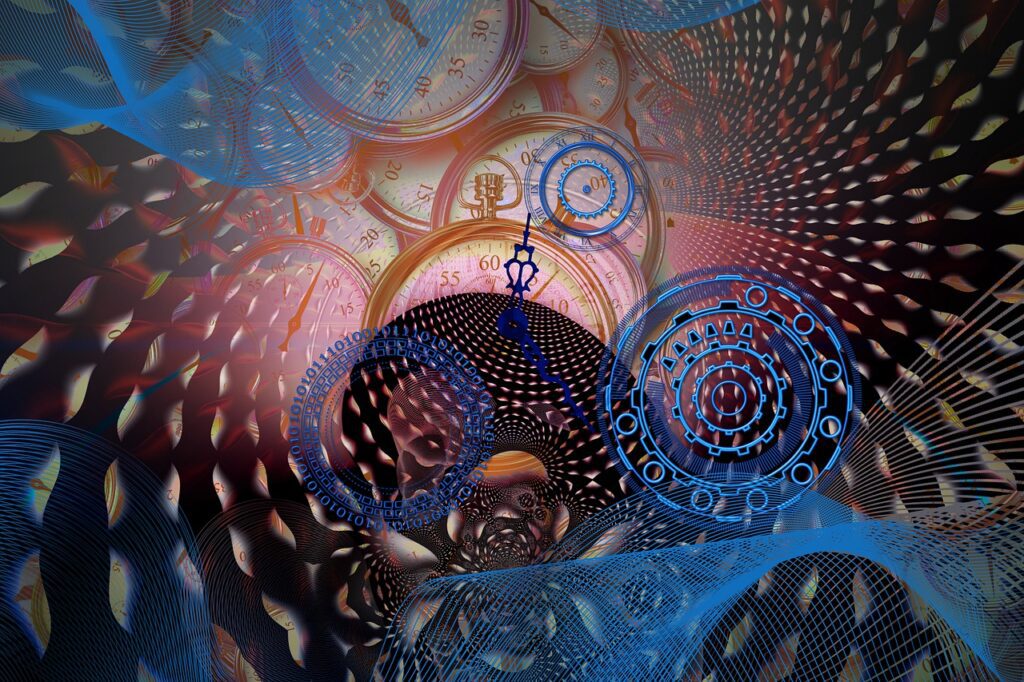Abstract
Self-hypnosis and hetero-hypnosis were compared, and selfhypnosis was studied longitudinally. Results indicated that absorption and the fading of the general reality orientation are characteristics of both hetero-hypnosis and self-hypnosis. The differentiating characteristics lie in the areas of attention and ego receptivity.
Expansive, freefloating attention and ego receptivity to stimuli coming from within are state-specific for self-hypnosis, while concentrative attention and receptivity to stimuli coming from one outside source—the hypnotist on whom the subject concentrates his attention-are state-specific for laboratory defined hetero-hypnosis.
Attempts to produce age regression and positive or negative hallucinations are markedly more successful in hetero-hypnosis. Imagery is much richer in self-hypnosis than in hetero-hypnosis. Self-hypnosis requires adaptation to the state: in the beginning of self-hypnosis there is a good deal of anxiety and self-doubt.
As the subject feels more comfortable in the self-hypnotic state, he spends less time worrying about failures in self-suggestion, his ability to enter trance quickly and easily increases, as does the fading of the general reality orientation, trance depth, and absorption. An attempt was also made in the present study to find personality characteristics related to the ability to experience self-hypnosis.
Source: https://www.tandfonline.com/doi/abs/10.1080/00207148108409158



